Claudio Nicolini9814241385, 9789814241380
This volume introduces, in a coherent and comprehensive fashion, the Pan Stanford Series on Nanobiotechnology by defining and reviewing the major sectors of nanobiotechnology and nanobiosciences with respect to the most recent developments. It covers the basic principles and main applications of nanobiotechnology as an emerging field at the frontiers of biotechnology and nanotechnology, with contributions from leading scientists active in their respective specialties.
Contents: Nanoscale Materials; Nanoscale Probes; Nanoscale Applications in Health and Science; Nanoscale Applications in Industry and Energy Compatible with Environment.
Table of contents :
Contents……Page 10
Preface……Page 8
1. Nanoscale Materials……Page 14
1.1.1 Cells……Page 15
1.1.2 Proteins……Page 18
1.1.2.1 Light sensitives……Page 19
1.1.2.2 Metal-containings……Page 21
1.1.2.3 Others……Page 25
1.1.3 Genes and Oligonucleotides……Page 27
1.1.4 Lipids and Archaea……Page 29
1.2 Produced Via Organic Chemistry……Page 30
1.2.1. Conductive polymers……Page 31
1.2.1.1 Amphipilic conjugated polymers……Page 35
1.2.2 Carbon nanotubes and their nanocomposites……Page 38
1.2.2.1 Interactions between conjugated polymers and single-WN……Page 45
1.2.2.2 SWNT for hydrogen storage……Page 46
1.2.3 Nanoparticles……Page 47
1.3 Produced Via LB Nanostructuring……Page 50
1.3.1 Langmuir-Blodgett……Page 52
1.3.1.1 Protective plate……Page 54
1.3.1.2 Heat-proof and long range stability……Page 56
1.4 Produced Via APA Nanostructuring……Page 61
1.4.1 Focus ion beam……Page 62
2.1 Surface Potential……Page 67
2.2 Atomic Force Microscopy……Page 71
2.2.1 AFM spectroscopy……Page 77
2.2.2 Scanning tunneling microscopy……Page 78
2.3 Nuclear Magnetic Resonance……Page 80
2.3.1 Circular dichroism……Page 82
2.4 Brewster-Angle Microscopy……Page 83
2.4.1 Ellipsometry……Page 84
2.5 Electrochemistry……Page 85
2.6 Infrared Spectroscopy……Page 87
2.7 Nanogravimetry……Page 90
2.7.1 Quality factor……Page 92
2.8 Biomolecular Microarrays……Page 94
2.8.1 Gene expression via DNASER……Page 95
2.8.2 Protein expression via Nucleic Acid Programmable Array……Page 99
2.9 Biophysical Informatics……Page 103
2.9.1 Bioinformatics……Page 104
2.9.2 Biophysical molecular modelling……Page 106
2.9.2.1 Three-dimensional structure of octopus rhodpsin……Page 107
2.9.2.2 Three-dimensional structure of cytochrome P450scc……Page 109
2.9.2.3 Protein crystallization……Page 110
2.9.2.4 Nanobiodevice implementation……Page 113
2.10 Mass Spectrometry……Page 114
2.10.1 Mass spectrometry of label-free NAPPA……Page 118
2.11 Synchrotron Radiation……Page 119
2.11.1 Diffraction……Page 122
2.11.2 Grazing Incidence Small Angle X-ray Scattering……Page 124
3.1 Nanobiocrystallography……Page 131
3.1.1 Radiation resistance……Page 140
3.1.2 New protein structures……Page 141
3.1.3 Three-dimensional engineering……Page 145
3.1.4 Basics of crystal formation……Page 148
3.1.4.1 Cytochrome P450scc……Page 149
3.1.4.2 Lysozyme……Page 158
3.2.1 Carbon nanotubes biocompatibility and drug delivery……Page 161
3.2.2 Photosensitization of titanium dental implants……Page 165
3.2.3 Biopolymer sequencing and drug screening chip……Page 168
3.3.1 Human T lymphocytes cell cycle……Page 171
3.3.2 Organ transplants……Page 180
3.3.3 Osteogenesis……Page 186
3.4 Nanoproteomics……Page 187
3.4.1 Cell cycle……Page 188
3.4.2 Cell transformation and differentiation……Page 193
3.5.1 Nanocontacts for addressing single-molecules……Page 196
3.5.2 Nanofocussing……Page 204
3.5.3. Optical tweezers……Page 206
3.5.4 Magnetism……Page 208
3.6.1 Nucleosome core……Page 210
3.6.1.2 Water and ions……Page 214
3.6.2 Protein stability to heat and radiation……Page 215
3.6.2.1 Bioinformatic analysis……Page 217
3.6.2.3 Structural comparisons of homologous thermophilic/mesophilic pairs……Page 220
3.6.2.4 Water comparisons of homologous thermophilic/mesophilic pairs……Page 222
3.6.2.5 Detailed comparison of mesophilic versus thermophilic thioredoxin……Page 225
4. Nanoscale Applications in Industry and Energy Compatible with Environment……Page 232
4.1.1.1 Protein-based nanosensors……Page 233
4.1.1.2 Organic nanosensors……Page 250
4.1.2 Passive elements……Page 259
4.1.2.1 Resistors……Page 260
4.1.2.2 Capacitors……Page 263
4.1.2.3 Wires……Page 267
4.1.3 Active elements……Page 268
4.1.3.1 Schottky diode……Page 269
4.1.3.2 Led……Page 270
4.1.3.3 Optical filtering and holography……Page 274
4.1.3.4 Displays……Page 278
4.1.3.5 Monoelectronic transistors……Page 280
4.1.4 Quantum dots and quantum computing……Page 284
4.2.1 Photovoltaic cells……Page 288
4.2.1.1 Reaction centers-based……Page 291
4.2.1.2 Purple-membrane based……Page 292
4.2.2 Batteries……Page 295
4.2.2.2 The cathode……Page 298
4.2.2.3 The anode……Page 301
4.2.2.4 The electrolyte……Page 304
4.2.3 Hydrogen storage and fuel cells……Page 309
4.3 Nanobiocatalysis……Page 314
4.3.1 Bioreactors……Page 319
4.3.1.1 From lab scale to industrial scale……Page 322
4.3.2 Bioactuators……Page 325
Bibliography……Page 326
Index……Page 376

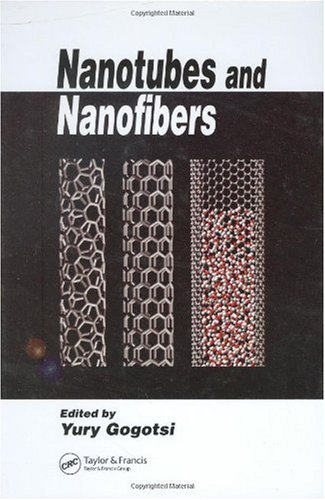
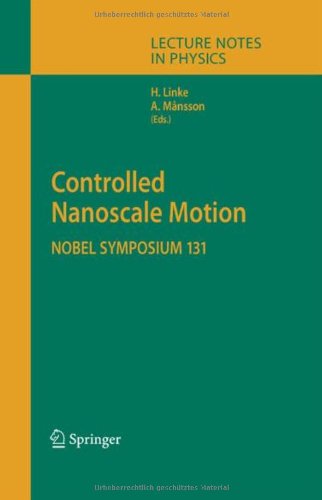
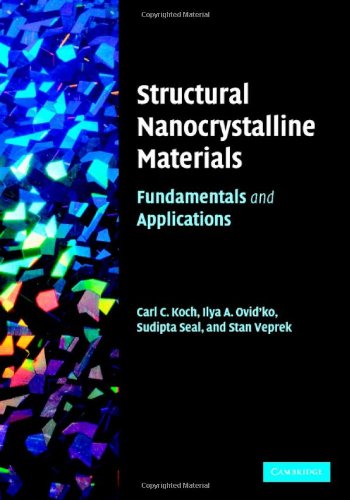
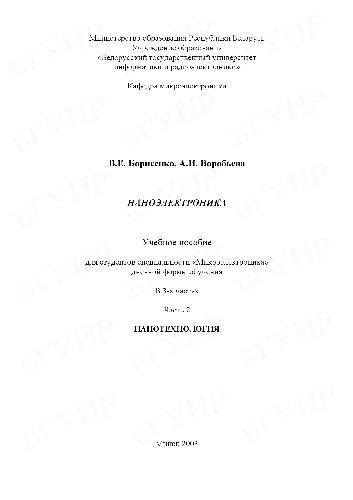
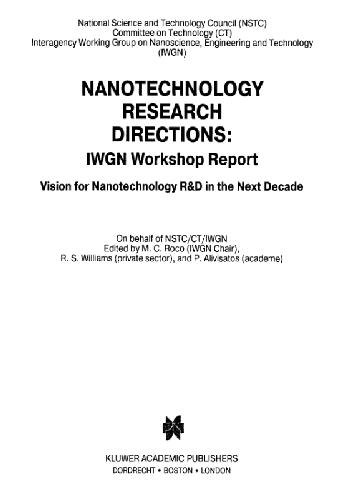

Reviews
There are no reviews yet.